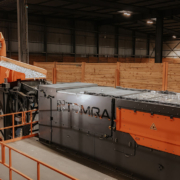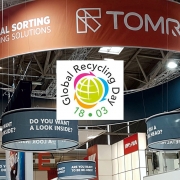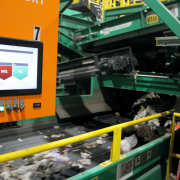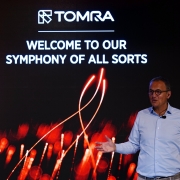A Short History of AI in Recycling
 A fully circular economy relies on high-quality recovered materials, which current methods cannot achieve. AI, particularly Deep Learning, can be groundbreaking here. Combining technologies like Near-Infrared (NIR) and visual sensors (VIS) with Deep Learning allows sorting materials by type, color, shape, size, and other characteristics, solving previously impossible tasks and opening new business opportunities.
A fully circular economy relies on high-quality recovered materials, which current methods cannot achieve. AI, particularly Deep Learning, can be groundbreaking here. Combining technologies like Near-Infrared (NIR) and visual sensors (VIS) with Deep Learning allows sorting materials by type, color, shape, size, and other characteristics, solving previously impossible tasks and opening new business opportunities.
In 2019, industry leader TOMRA introduced the first Deep Learning system: GAINnext™. Initially available for one sorting task, it now encompasses a range of applications, enhancing e.g. paper and PET streams by removing hard-to-classify items. The technology peaked in 2024 with the first industry-wide solution for sorting food and non-food PET, PP and HDPE packaging. Recently, TOMRA announced GAINnext™ for metal sorting to upgrade wrought aluminum scrap.
 With stricter regulations and evolving consumer demands, our industry is at a turning point. Deep Learning can significantly advance the circular economy, and it’s happening at the right time.
With stricter regulations and evolving consumer demands, our industry is at a turning point. Deep Learning can significantly advance the circular economy, and it’s happening at the right time.
Learn more about the first and leading Deep Learning solution, GAINnext™: https://www.tomra.com/gainnext
Source/Photos: TOMRA Sorting GmbH (31.03.2025-Advertorial)









